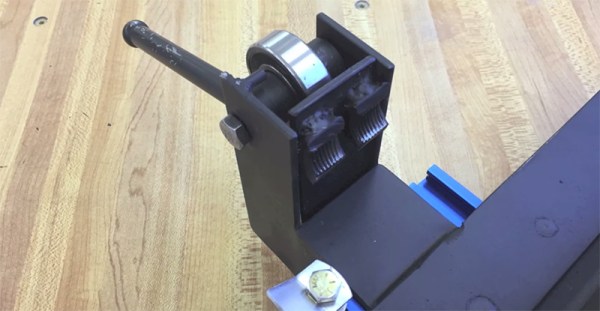No matter how you feel about RadioShack, for many hackers it was the one place that components could be sourced locally. Upon hearing that the stores are being shuttered (at least for those seeking non-cellphone items) we wondered if someone would rise to meet the maker market. The answer may actually be mom-and-pops — independent stores owned by people passionate about hacking and making.
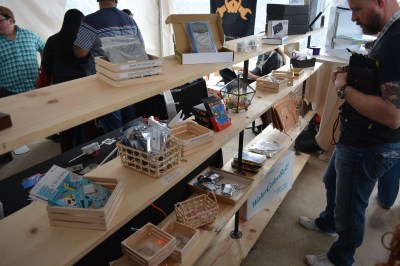 At SXSW Create in March the Hackaday booth was right next door one such establishment. [Martin Bogomolni] is hard at work launching his brick and mortar store called Tinker & Twist. In the video below he speaks briefly about the concept of the store, which focuses on curating the best products and tools available and stocking them locally.
At SXSW Create in March the Hackaday booth was right next door one such establishment. [Martin Bogomolni] is hard at work launching his brick and mortar store called Tinker & Twist. In the video below he speaks briefly about the concept of the store, which focuses on curating the best products and tools available and stocking them locally.
The store will be located in a shopping mall in Austin, Texas. But it takes about 100 days launch a storefront considering the permits and build-out. [Martin] decided to take the store to the hackers by exhibiting (and selling products) at SXSW Create. How else would you do this than by building a store-front as your booth? The store’s sign was CNC routed from rigid foam, and combined with a set of columns and storefront window. We stopped by late on the last day of the event and they had been having a great weekend. What started as a very well stocked set of shelves looked nearly bare.
Tinker & Twist is just the most recent in a growing trend of standalone stores focusing on hackers and makers. Our friends at Deezmaker in Pasadena, CA gave us tour last year. They’ve married the concepts of hackerspace, small-run manufacturer (in the form of their 3D printers), and retail store all-in-one. These types of examples make us quite happy — it’s been years since RadioShack was tightly focused on those actually building things. We hope to see more stores like Tinker & Twist up and running to support and enhance hacker communities everywhere.



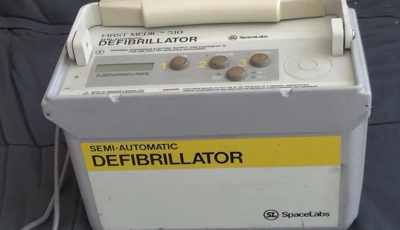 It’s safe to say we’ve all seen engineering solve part of this problem already. Over the last decade, Automatic External Defibrillators have become ubiquitous. The life-saving hardware is designed to be used by non-doctors to save someone whose heart rhythms have become irregular. [Chris Nefcy] helped develop AEDs and
It’s safe to say we’ve all seen engineering solve part of this problem already. Over the last decade, Automatic External Defibrillators have become ubiquitous. The life-saving hardware is designed to be used by non-doctors to save someone whose heart rhythms have become irregular. [Chris Nefcy] helped develop AEDs and 




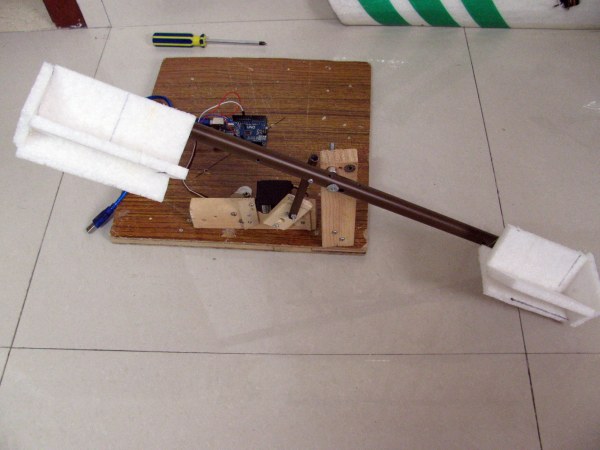
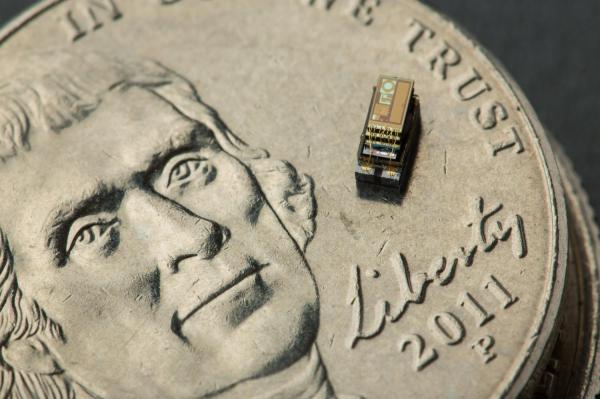

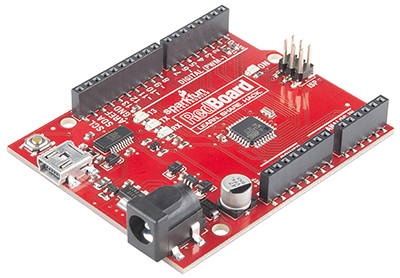 This isn’t the first time Sparkfun has faced a challenge in Arduino supply. In 2012, when the Arduino Uno R3 was released, all the documentation for their very popular
This isn’t the first time Sparkfun has faced a challenge in Arduino supply. In 2012, when the Arduino Uno R3 was released, all the documentation for their very popular 